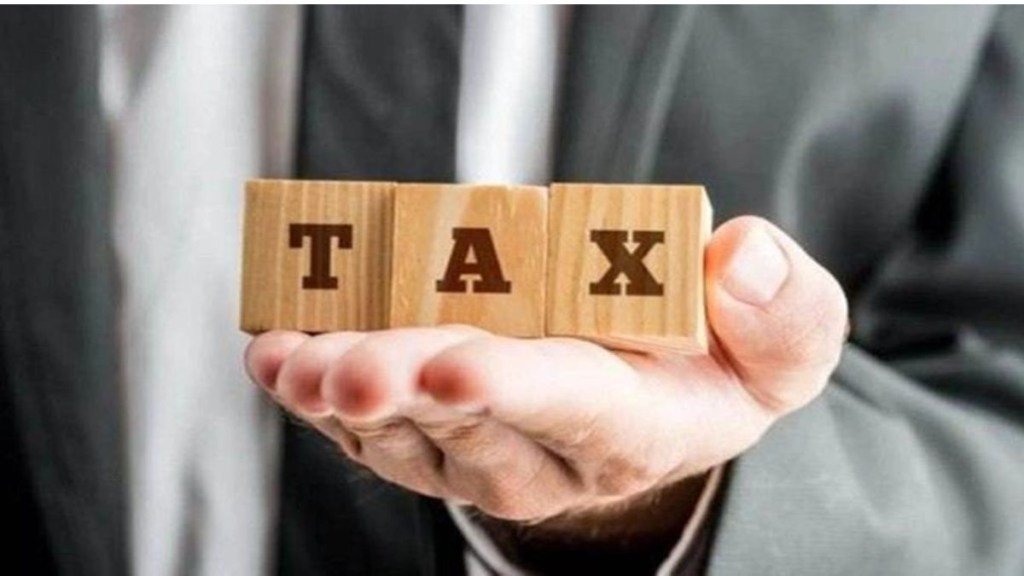By Vikram Chand & Mukesh Bhutani
The OECD’s Pillar II project is designed to restrict (but not fully eliminate) tax competition among countries with varying corporate tax rates. Essentially, this is achieved by proposing changes at the domestic-law level and at the tax-treaty level. India is part of an Inclusive Framework comprising almost 140 nations supporting such proposals.
At the domestic-law level, the project introduces the GloBE rules, wherein a minimum effective tax rate of 15% has to be paid by large multinational entities, i.e., multinational entities with more than 750 million euros of turnover in every jurisdiction in which they operate.
For example, if a multinational enterprise headquartered in country X, in addition to operating in several high-tax countries (for example, country Y), operates in country Z with a constituent entity (either separate company or a permanent establishment) whose effective tax rate is 5%, then the multinational would be exposed to a top-up tax of 10%. This percentage is the difference between 15% and 5%.
Depending on the legislation in place, the top-up tax could be collected by the jurisdiction of the constituent entity (country Z) through a qualified domestic minimum top-up tax (QDMTT). If there is no QDMTT in the domestic law of country Z, then the top-up tax could be collected by the country of the ultimate parent (country X), through the income inclusion rule (IIR). If the country of the ultimate parent does not introduce an IIR, then the top-up tax could be collected by another jurisdiction (country Y), in which the multinational enterprise operates through the ‘under taxed profits rule (UTPR)’.
The GloBE rules are not a mandatory set of rules, and countries are not forced to introduce them. That said, they represent a common standard, and several countries have indicated that they will introduce these rules. Recent developments indicate that the adoption of these rules—in particular, of QDMTTs—is on the rise. For example, all countries in the European Union recently agreed to adopt these rules. In the common law space, Canada, Australia, and New Zealand have already launched public consultations, and the UK has already released draft legislation on the IIR. It is also expected that the rules will come into force in Korea, Malaysia, Japan, Indonesia, and Colombia. Moreover, several countries that could have been considered “low-tax”, such as Switzerland, Singapore, Mauritius, Hong Kong, Jersey, and so on, have indicated that they will introduce the GloBE rules.
On the other hand, the US, which seems to have played a crucial role in steering the proposals due to its domestic policy stance on minimum taxation, seems to have moved in another direction. The US had initially committed to modifying its minimum tax regime, which is its domestic anti-avoidance rule, or the “GILTI”, and align it with the OECD standards in the Build Back Better Act. However, recent developments indicate that the US has enacted a corporate minimum tax proposal based on book profits, effective from 2023 onwards.
At the treaty level, the pillar two project introduces a subject-to-tax rule (STTR). The STTR is proposed to be introduced in tax treaties that developing countries have with developed countries. The rule, which applies before the GloBE rules (and which should also apply before the QDMTT provisions), allows source jurisdictions to impose limited taxation on certain related party payments subject to tax below a nominal minimum rate or an effective rate of 9% (the exact approach seems undecided). For example, if the tax treaty provides for exclusive taxation of royalties in the state of residence and such royalty income is subject to no taxes in the state of residence, then the state of source can levy tax on the entire royalty payment up to 9%. The OECD has indicated that detailed work on the STTR is ongoing.
Against this background, one may raise the question as to what is the current state of play in India? It is well known that that the Indian officials are quite active in steering the OECD’s Two Pillar solution project. However, till date, the Indian government has not announced/indicated the adoption of the GloBE rules. Though there is no official communique by India, it is anticipated that India will adopt a wait-and-watch policy before it amends its domestic law. One possible reason could be that India already has high nominal corporate tax rates as well as an alternative minimum tax of 15% on book profits. However, does this mean that the ETR of Indian constituent entities will always be more than 15% as computed under the GloBE rules?
It could well be possible that foreign parents with Indian constituent entities, in some situations, could be exposed to an ETR of less than 15%. This could be due to, for example, tax incentives or simply because the way the ETRs are calculated is unique and specific to Pillar II. In these scenarios, it would be prudent for the Indian administration to introduce QDMTTs (and at the same time, possibly re-design its tax incentive strategy) or perhaps rethink (fully or partly) the Minimum Alternative Tax. On the other hand, for Indian parents with offshore constituent entities, to the extent the overseas countries do not impose QDMTTs, the possibility of introducing an IIR should be contemplated even though India does not currently have a CFC rule in place. This is because if India does not collect the top-up tax, then another country in which the Indian-headquartered multinational operates will collect them through the UTPR.
The above points, as well as whether India should adopt the UTPR, will be elaborated here, in a series of articles.

